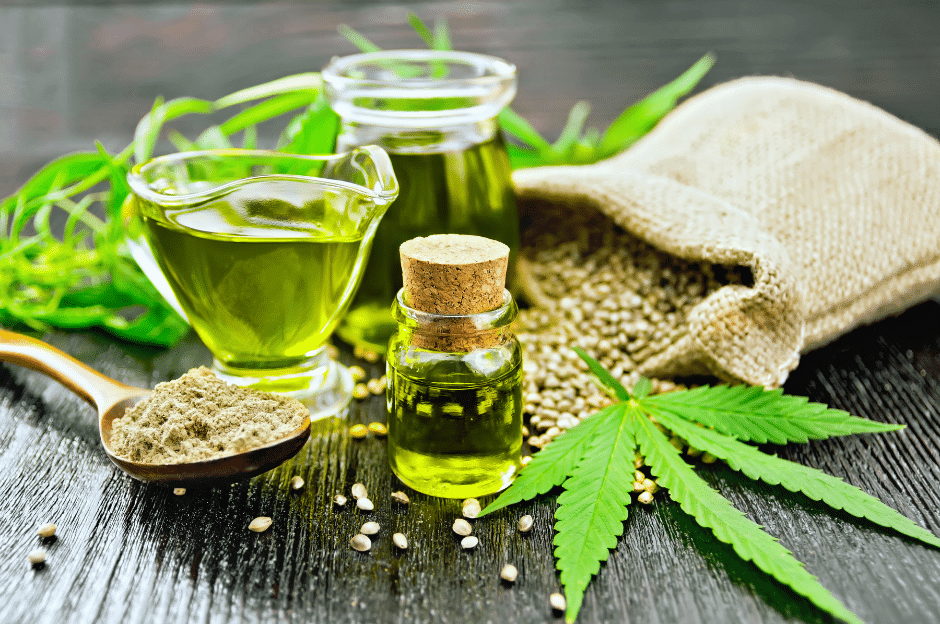Sativa and Indica: All you need to know

With the growing interest in cannabis, it can be difficult to navigate the diversity of strains and their effects. In this article, we highlight the two most iconic types of cannabis: Sativa and Indica.
These two categories, although closely related, differ not only in their botanical characteristics. While recent research shows them to be more similar than previously thought, their main distinction lies in the effects they produce. Traditionally, cannabis has been classified into three groups: Sativa, Indica and Hybrid. However, this historical approach relies mainly on plant morphology and names, which are not sufficient to explain their effects.
In reality, the experience offered by a cannabis variety is influenced more by its unique chemical profile, composed of cannabinoids and terpenes. These elements are essential to understanding and choosing the variety that best suits your needs and preferences.
Why, despite its limitations, does the classification of cannabis into Indica and Sativa remain so popular? The answer lies largely in its simplicity of use, particularly for commercial purposes. This method provides an overview of the effects of different strains without going into overly complex detail. So, although it oversimplifies a more nuanced reality, this classification remains a practical tool for differentiating strains and guiding consumers in their exploration of cannabis.
What are the differences between Sativa and Indica varieties?
Botanically, the distinctions between Sativa and Indica are clear. Indica is characterized by broad, thick leaves and a generally darker color. Native to cold regions, this variety has adapted to shorter growing seasons thanks to its compact stature. Flowering is rapid, generally lasting from 45 to 65 days. The term "Indica" was introduced in 1785 by Jean-Baptiste Lamarck, who used it to designate a variety of cannabis from India.
Sativa, meanwhile, owes its name to botanist Carl Linnaeus, who described it in 1753. "Sativa" means "cultivated", and this variety is particularly common in hot, dry regions such as Africa and South-East Asia. It is distinguished by its impressive size, reaching heights of over 3.5 metres, and its slender, slender leaves. Because of this vigorous growth, Sativa's flowering period is much longer. Its aromas are often described as fruity or sweet, adding a distinctive note to its characteristics.
Today, growers have exploited the advantages of both types by creating hybrids. These crosses combine the rapid flowering of Indica with the unique qualities of Sativa. As a result, the majority of cannabis strains available on the market contain genes from both families, making their traditional classification sometimes less obvious.
Terpene profiles of Indica and Sativa varieties: what are the differences?
When cannabis strains are analyzed through a scientific prism, it's their chemical composition that comes first. In addition to well-known cannabinoids such as THC and CBD, terpenes play a crucial role in determining plant aromas and effects. These sometimes little-known compounds are in fact essential to understanding the nuances between different varieties.
Terpenes such as limonene, linalool, myrcene and caryophyllene are often associated with Indica varieties. It's these molecules that give Indica its deep, spicy, earthy aromas. In contrast, Sativa varieties tend to contain a higher proportion of terpenes with sweet, fresh notes, such as bergamot or farnesin.
However, with the development of hybrids over the years, the boundaries between these profiles have blurred. Modern breeding and cultivation practices have made it possible to mix these terpenes, meaning that a terpene typically associated with one variety can now be found in both families. So, while terpene profiles offer clues to a variety's identity, they don't always clearly distinguish an Indica from a Sativa.
What effects are associated with Sativa and Indica varieties?
Sativas are generally considered to promote a feeling of dynamism. Indica, on the other hand, is often perceived as providing a deeper, more relaxing experience. Hybrids combine characteristics of both, offering a range of possibilities depending on their composition.
It's important to note that the effects experienced vary from person to person and are influenced by several factors, such as the context of consumption, individual tolerance and the chemical composition of the variety.
How do you choose the right cannabis variety for your needs?
There is no universal rule for determining which variety of cannabis will suit each individual. The choice depends above all on your personal preferences and what you want to get out of the experience. Ask yourself what your main objective is: are you looking for mental stimulation or an energy boost? If so, Sativa strains might be the best option. On the other hand, if you're looking for relaxation, stress relief or deep relaxation, Indica strains are often preferred.
Ultimately, the choice is based on your expectations and feelings. Don't hesitate to experiment with different varieties to discover which ones best suit your specific needs.






